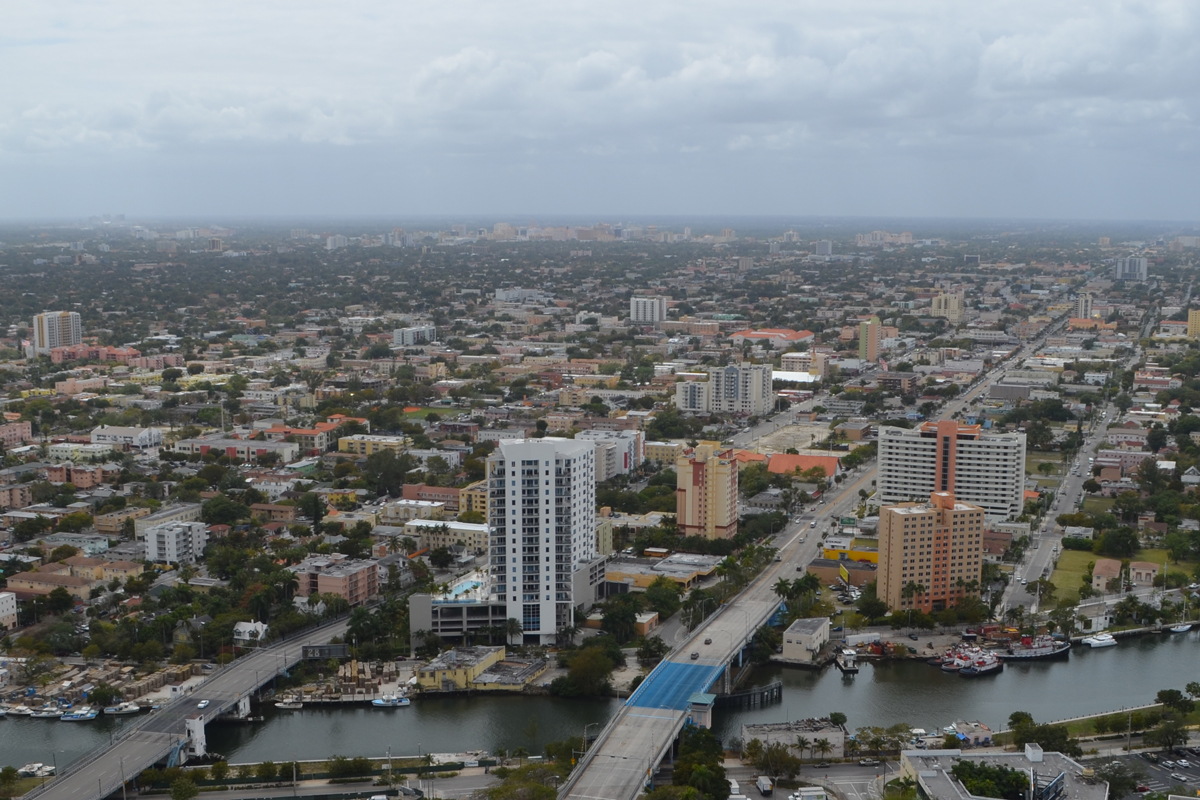
Jesse Keenan explains his latest research into the relationship between climate change and gentrification in Miami.
“Keenan, who lives in Massachusetts now, still owns a house and has an office and a parking spot in Miami Beach. He expects to publish research in the coming year that will zero in on the speculative behavior leading to gentrification in some neighborhoods. He’s doing it by analyzing property transaction records, Postal Service mail-forwarding information and census track data.
He’s also begun to see evidence in survey data that middle-income people are leaving Miami Beach and other places with nuisance flooding that makes it difficult to get around at high tides or insure a car. Those people will crowd out existing affordable housing, especially rentals, he said.
No one can turn a blind eye to the projections everyone uses in South Florida: 2 feet of sea-level rise by 2060.
‘Everybody I know that is a small owner of real estate that isn’t within the billionaire class — average middle-class, upper-middle-class Miamians who have real estate on the beach — is in the process of selling their properties and moving to the mainland,’ Keenan said. ‘Basically where the coral ridge is, just north of downtown and south of downtown, that’s where anecdotally the most amount of speculative investment has been going in because historically that’s been the highest ground.'” – Erika Bolstad, Scientific American
Read more ↓
High Ground Is Becoming Hot Property as Sea Level Rises, Scientific American